As part of Asian American, Native Hawaiian and Pacific Islander Heritage Month, I’d like to continue highlighting influential people from Hawai‘i. The subject of today’s blog is a figure that looms large in Hawai‘i but isn’t as well known outside the state. His name conjures the characteristics of perseverance, dedication and fearlessness. He embodies the Hawaiian word ‘Onipa‘a—to be solid, steadfast and immovable. I’m talking about the late Eddie Aikau.
The Man Behind the Legend
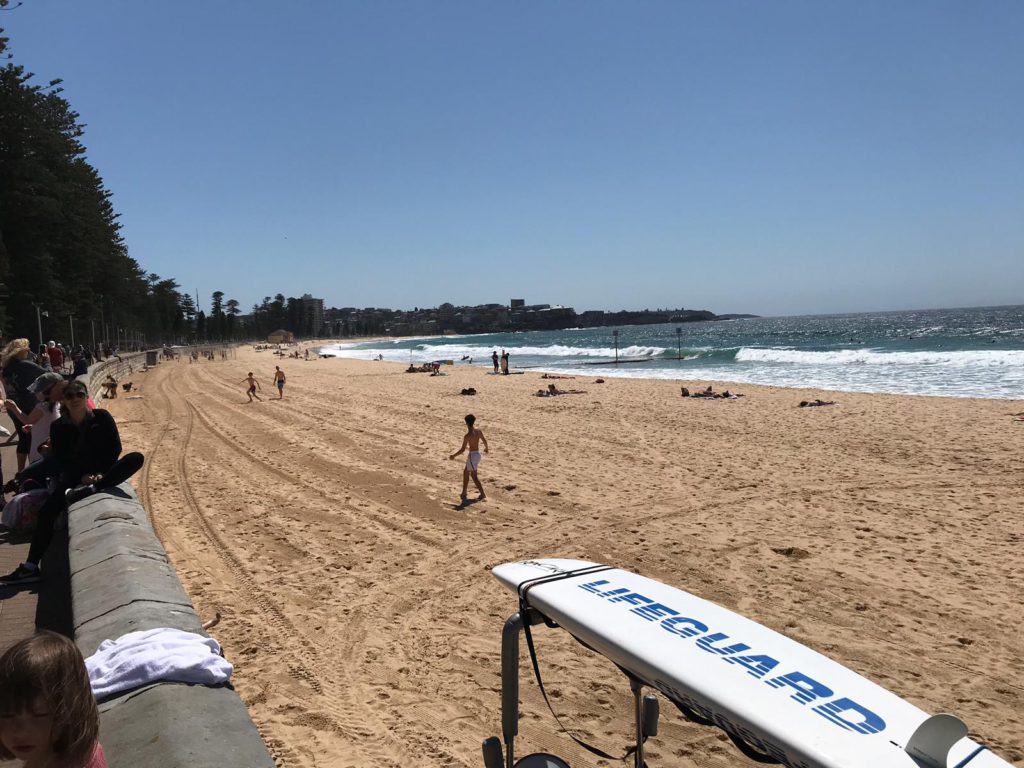
Drive around Hawai‘i and you’ll see bumper stickers, posters and shirts that say, “Eddie Would Go.”
So who’s this Eddie guy?
Eddie Aikau was a pure-blood Hawaiian big-wave surfer who, as the first lifeguard at Waimea Bay on O‘ahu, literally saved hundreds of lives. It didn’t seem to matter how bad the conditions were—Eddie would be out there braving monster winter surf with waves three- to four-stories tall to rescue people who’d gotten into trouble. Often a helicopter would be called to raise the swimmer in a basket. Would the helicopter have to come back for Eddie? Not a chance. Eddie would swim back through the surf to the shore.
Born in 1946 on the island of Maui, Eddie first started surfing the breaks around Kahului Harbor and Maui’s North Shore. Around the age of 13, his family moved to O‘ahu. As was (and is) the case with many families in Hawai‘i, making ends meet became a bigger concern than schooling. Eddie dropped out of high school and began working at a place that shaped thousands of young O‘ahu residents lives in the 1950s and ’60s—the Dole Pineapple cannery. It was hard, seasonal work, but Eddie was able to not only help his family with the money he earned, but also able to finally afford his own surfboard. As tourism ramped up in Hawaii during the 1960s, more and more people with little knowledge of the ocean began to find themselves in trouble in the notoriously big surf around the islands. (Frank Sinatra nearly drowned in 1964 just off Wailua Beach on Kaua‘i, but was saved by a couple surfers.) It became obvious that lifeguards would be needed and the counties went about hiring local watermen to help keep the burgeoning tourism industry afloat. Eddie became the first lifeguard hired by the City and County of Honolulu in 1968. He was assigned pretty much the entirety of the North Shore’s populated area, an 8.5 mile stretch from Haleiwa to Sunset Beach. He eventually was based at Waimea Bay, where not a single drowning occurred during his tenure. He was named Lifeguard of the Year in 1971 for his spotless record.
Surfing
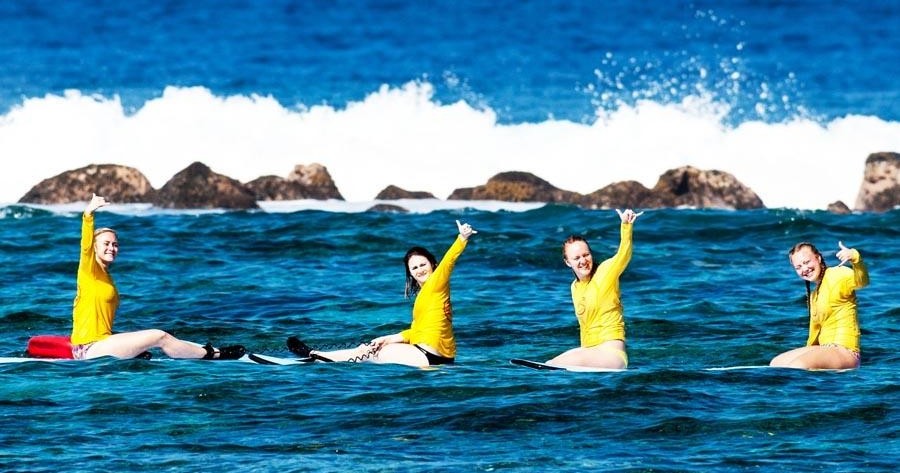
Kahaluu Bay Surf and Sea: Group Surf Lesson
The Hawaiian Renaissance and Hokule‘a
With the rise of the Civil Rights movement, many indigenous groups across the United States also became active in reclaiming their identities and culture. Hawai‘i was no different, and a surge of interest in nearly forgotten cultural practices brought new purpose to many people. In the 1970s a voyaging canoe called the Hokule‘a was built to prove that Polynesians had navigated to and from Hawai‘i using only the stars. For the first trip to Tahiti, the crew brought along a navigator from Micronesia to teach them how to navigate using only the heavens. But tensions ran high and fistfights erupted.

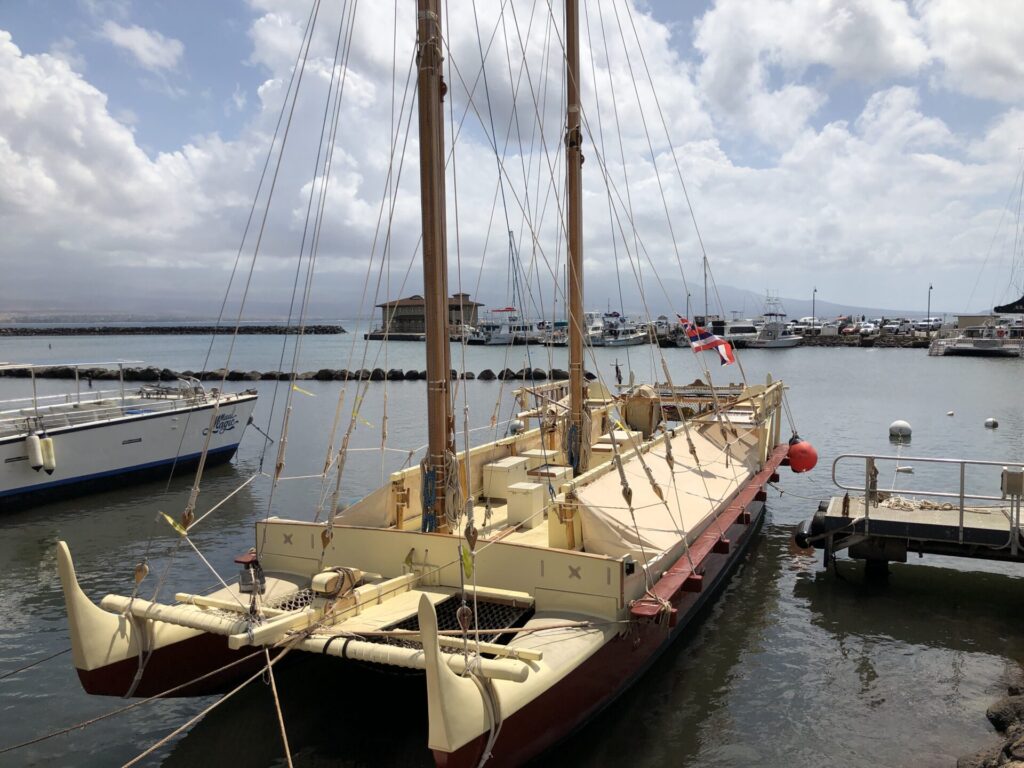 In 1978, a second voyage to Tahiti was planned, and Eddie Aikau was accepted as a volunteer crewman. On March 16 a crowd of 10,000 gathered at Magic Island to see them off. Though the weather was turning foul, the great turnout created pressure to leave anyway. That night, after some hatches had been improperly shut, the hulls filled with water and the canoe capsized. Their radio was flooded, and their emergency beacon was lost. Eddie volunteered to take his surfboard through the 15-foot swells and 35 mph winds to Lana‘i. The captain refused. Cold, wet and scared, the crew spent the dark night calling to each other to make sure no one had been washed away. The next day Eddie again asked to go. Although Lana‘i was now 20 miles away through angry seas, the captain and his officers reluctantly agreed. “Eddie was godlike,” one of his crew members said. If anybody could do it, it was Eddie.
In 1978, a second voyage to Tahiti was planned, and Eddie Aikau was accepted as a volunteer crewman. On March 16 a crowd of 10,000 gathered at Magic Island to see them off. Though the weather was turning foul, the great turnout created pressure to leave anyway. That night, after some hatches had been improperly shut, the hulls filled with water and the canoe capsized. Their radio was flooded, and their emergency beacon was lost. Eddie volunteered to take his surfboard through the 15-foot swells and 35 mph winds to Lana‘i. The captain refused. Cold, wet and scared, the crew spent the dark night calling to each other to make sure no one had been washed away. The next day Eddie again asked to go. Although Lana‘i was now 20 miles away through angry seas, the captain and his officers reluctantly agreed. “Eddie was godlike,” one of his crew members said. If anybody could do it, it was Eddie.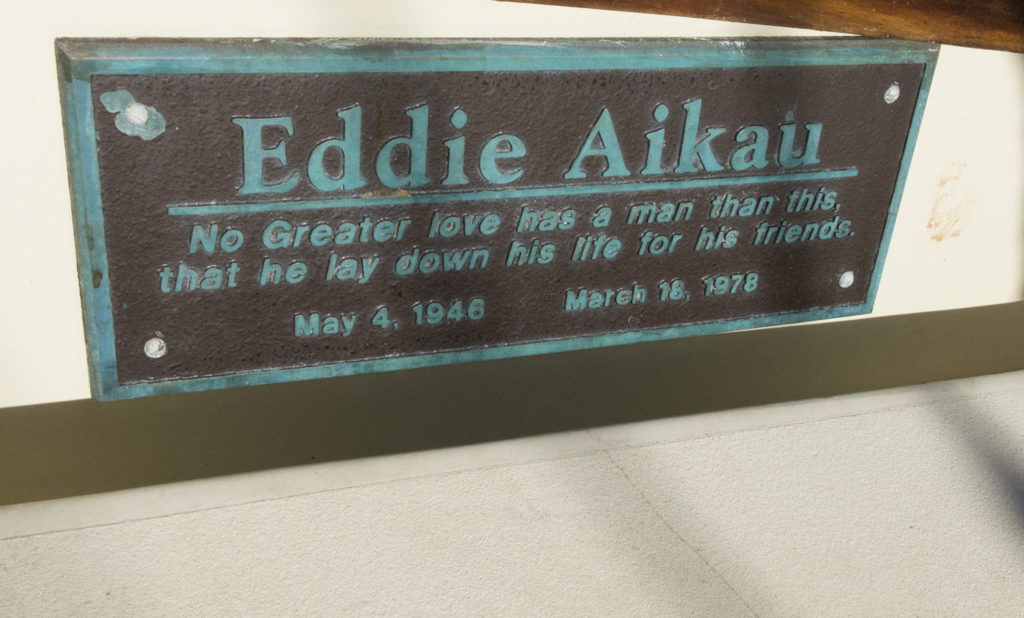
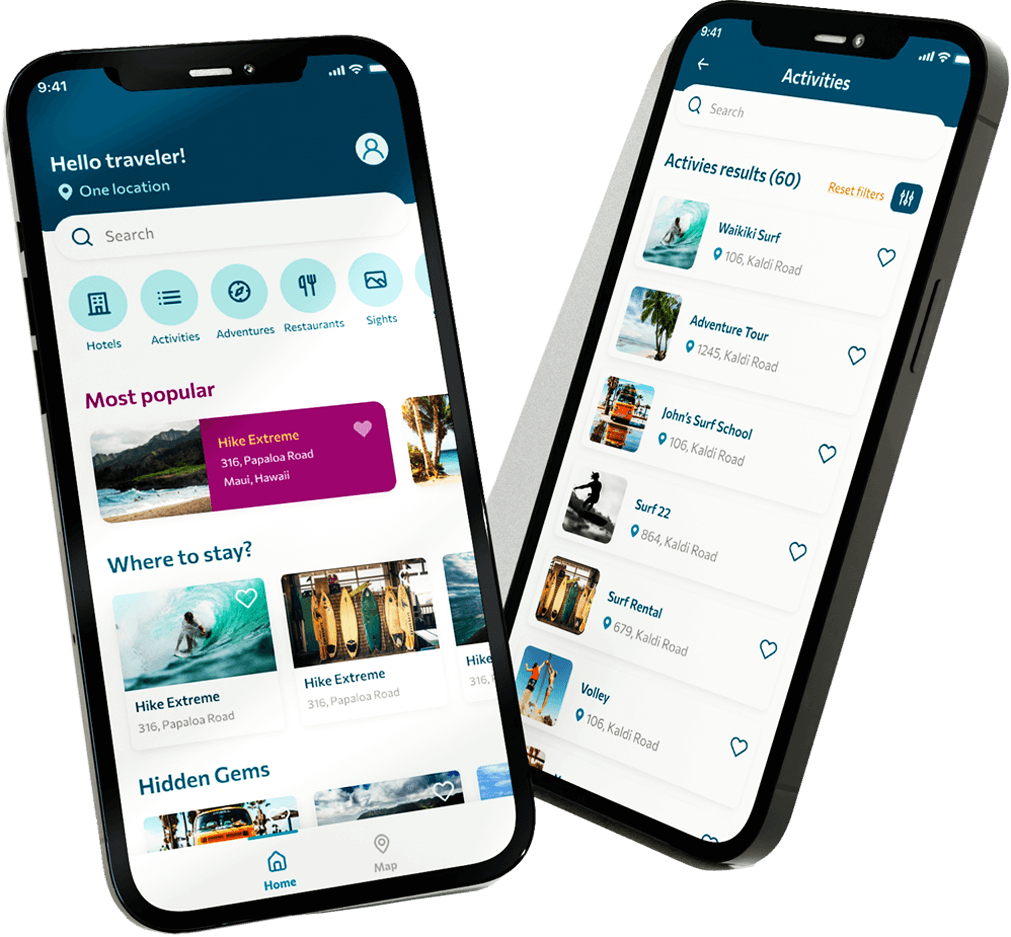


0 Comments